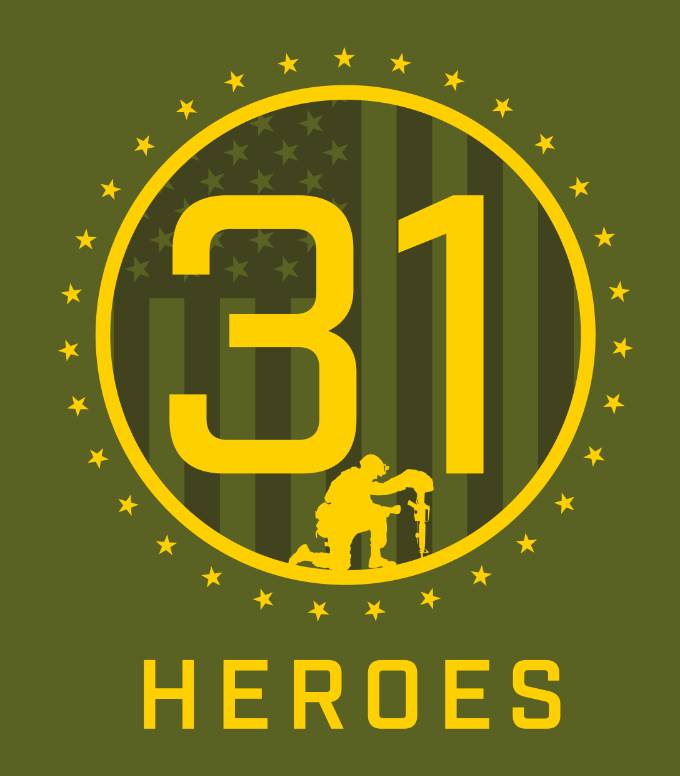Clearing
Clearing the ball means getting the ball from the defense or the goalie upfield past the midline. The in-bounds clearing is when the goalie makes a save or the defense steals the ball and has to get it upfield to the midfielders. Out-of-bounds clearing is when the offense throws the ball out of bounce and the goalie or a defenseman picks it up on the end line or the sideline.
Although similar clears can be used for both, it is important to practice out of each situation. The keys to emphasize when teaching clearing is to stay spread out, to always draw a man when carrying the ball, and then to dump it off. It is important for the defense to realize that they have an extra man when clearing the ball and that there should always be an open man.
Break!
For in-bounds clearing, the most effective clear to run is a 3-1-3. When the goalie makes a save and calls out “break,” both base defensemen (defensemen #1 and #2 for the sake of this discussion) banana cut along the goal line extended. The banana cut means they run out toward the sideline. Instead of going straight to the sideline, they curve back behind the goal and arc back toward the goal line extended. This keeps the defensemen from going too far upfield right away. It also gives them time to look upfield for riding attackmen when they catch the outlet pass from the goalie. The crease defenseman (defenseman #3) wants to break up the field toward the midline opposite the substitution box. One midfielder (midfielder #1) breaks up the field to the center of the midline. Another midfielder (midfielder #2) breaks toward the substitution box (high school and college teams have the long-stick midfielder break toward the box so they can substitute in a short-stick midfielder). Finally, the last midfielder (midfielder #3) breaks to the center of the restraining line.
In-Bounds Clear
The goalie’s first option is to look upfield to the midfielders and defensemen breaking up to the midline. If the goalie can get the ball to one of these players, then there is a good chance for a fast break. However, if all these men are covered, then the goalie’s second option is to throw to midfielder #3 at the restraining line. If he is covered, then the goalie’s third option is to throw it to one of the defensemen on the goal line extended. When this defenseman gets the ball, midfielder #3 cuts down toward the ball carrier at a 45-degree angle. If this midfielder is open the defenseman throws him the ball. The midfielder can then run with the ball and look to pass upfield if he gets covered. This is obviously the best possible scenario.
Sometimes this man is going to be covered and the defenseman has to bring the ball upfield. If the defense does have to bring the ball upfield, then they should both stay even with the goalie. They simply draw a riding attackman and pass it off to the uncovered man. This clear is called inbounds 3-1-3 clear because there are three men along the goal line extended, one man along the restraining line, and three men along the midline. This is really the only clear that a youth team needs to run for an in-bounds situation.
Out of Bounds Clear Step 1
For out-of-bounds clearing, a 3-1-3 can also be used. The two defensemen are lined up along the end line with the goalie. Midfielder #3 is at the center of the restraining line. The other midfielders and the last defensemen are on the midline. Either a defenseman or the goalie starts with the ball along the end line. These three have to bring the ball up by drawing a man and dumping the ball off to one another. If one defenseman has the ball and the goalie is covered, then the defenseman is going to have to make a cross-field pass to the opposite defenseman. This is usually a good time to push the ball upfield, as the attackmen have to shift all the way across. After a cross-field pass, the defense can clear it up the field the same way as in the in-bounds clear.
Out of Bounds Clear Step 2
Out of Bounds Clear Step 3
4-3 Clear
Another good out-of-bounds clear to use is the 4-3. All three defensemen are down on the end line with the goalie. The three midfielders are on the midline. Usually, the riding attack pressures with all three attackmen, so there is a four-on-three from the beginning. The defensemen and goalie have to all stay on the same plane and just draw a man to cover them and then move the ball on. This is the most basic clear to run, but your defense and goalie must be able to handle the ball well for it to be effective. Following the keys to clearing by staying spread, always drawing a man, and moving the ball quickly allows any formation to work. The 3-1-3 and 4-3 are the simplest to teach and understand and are what we use at the intermediate youth level.
